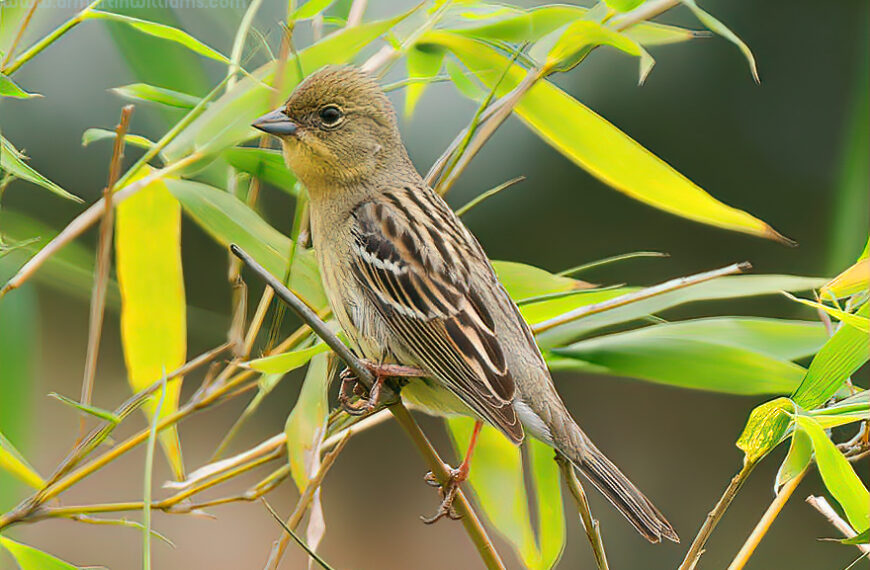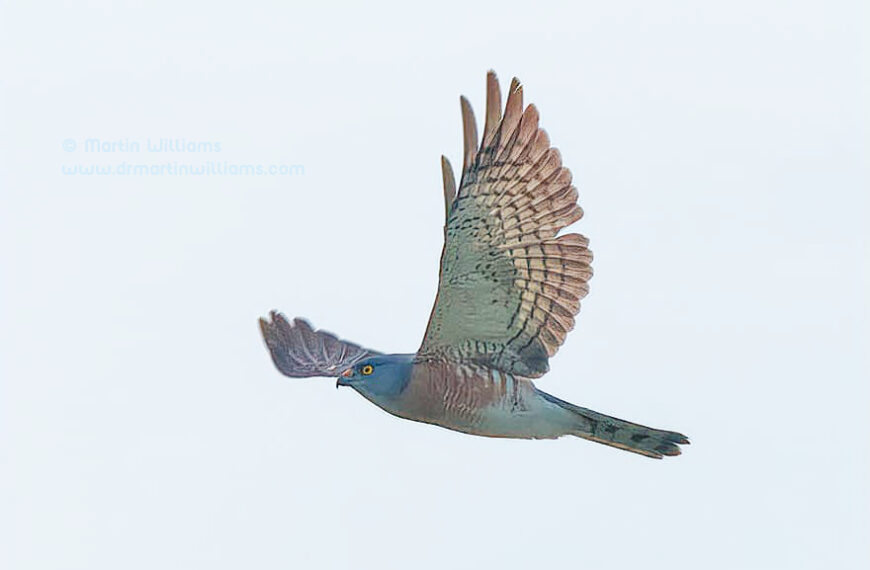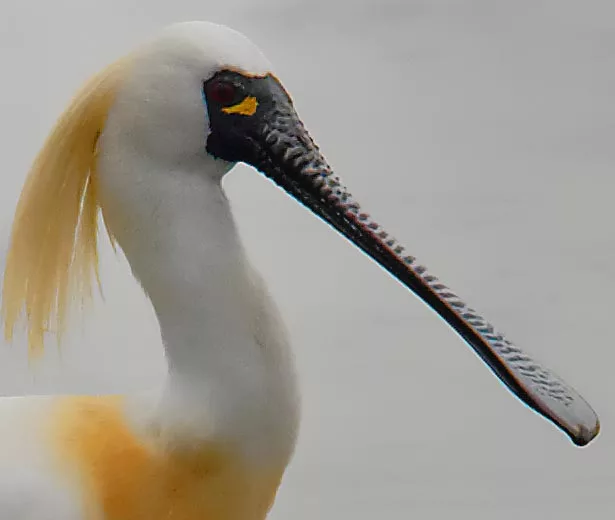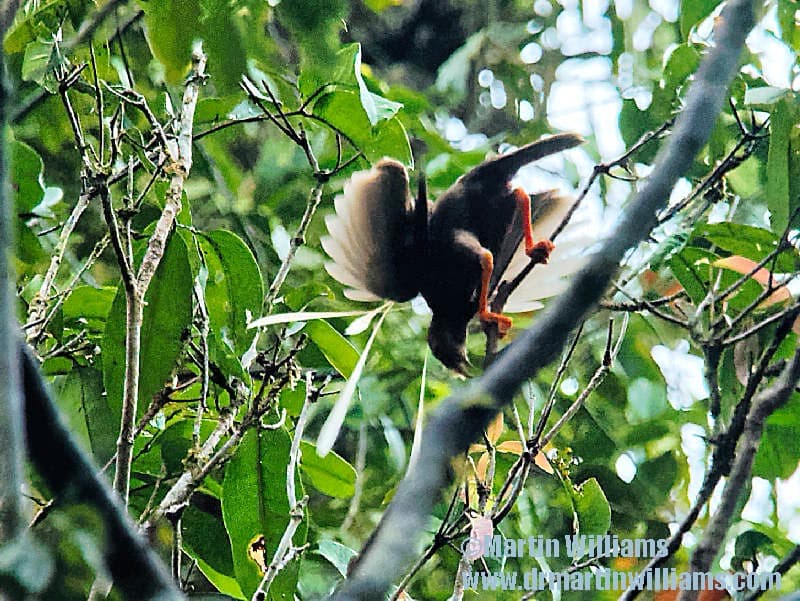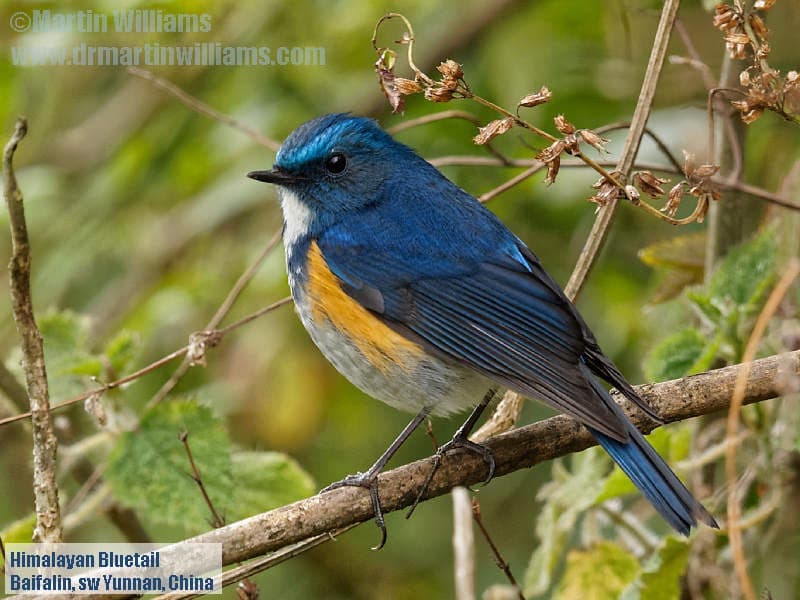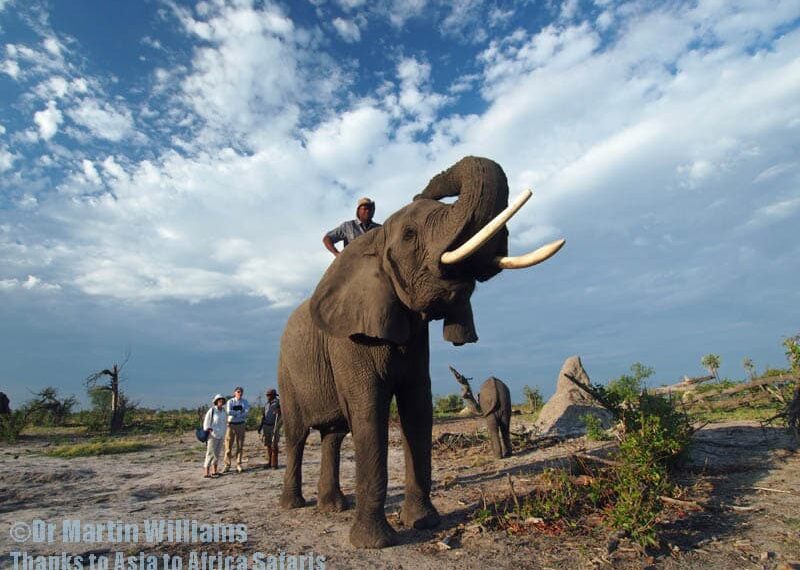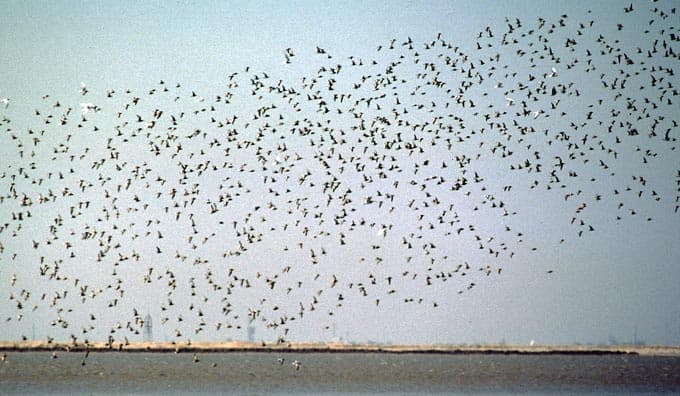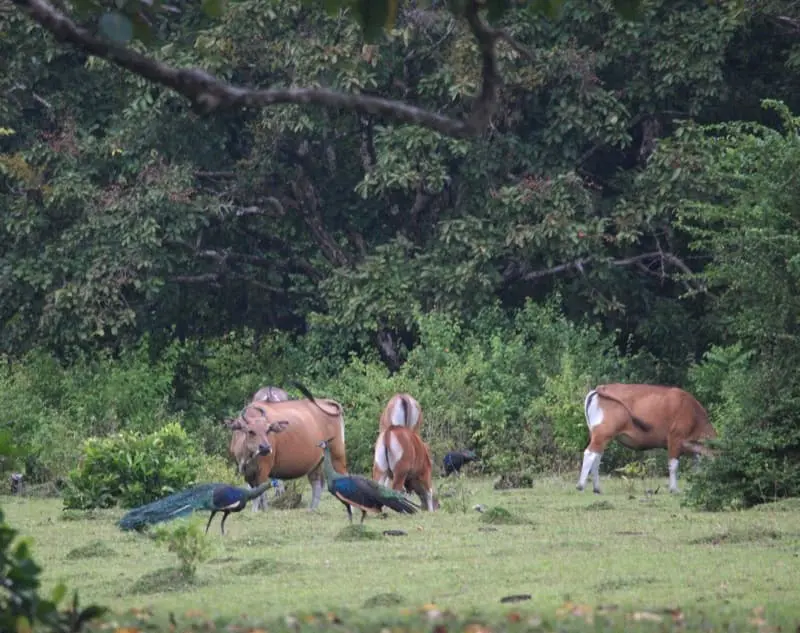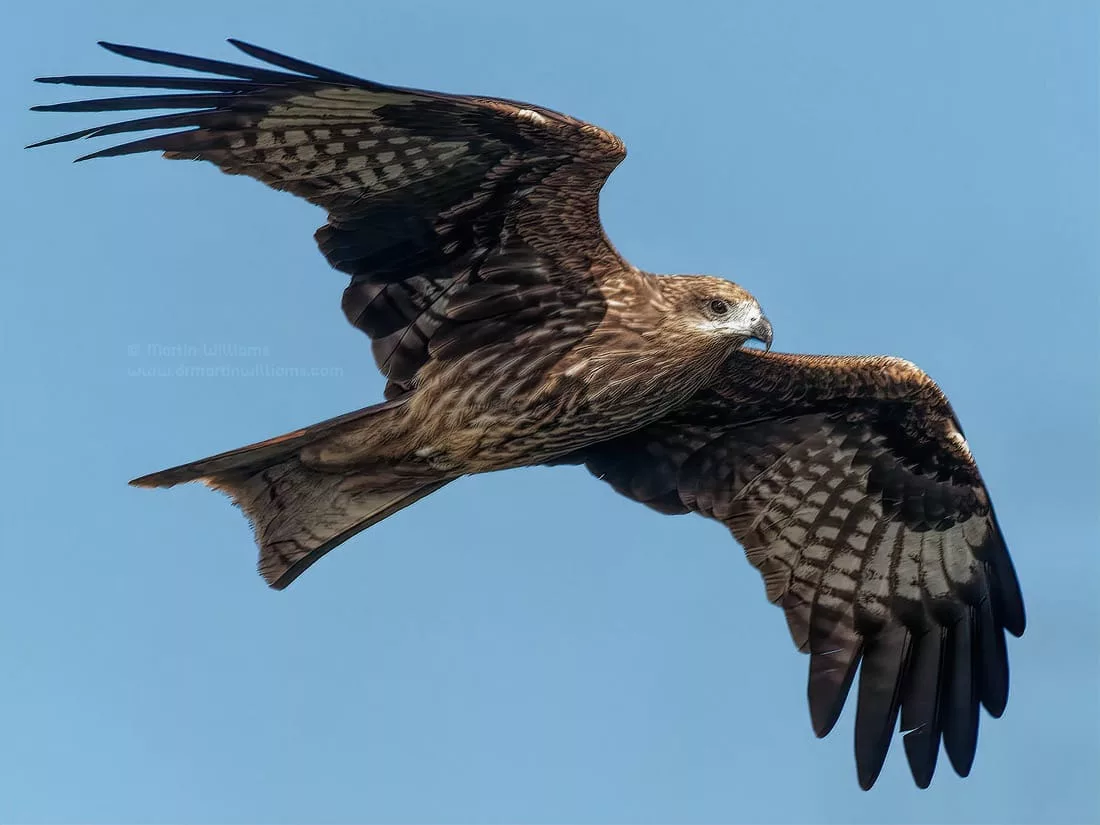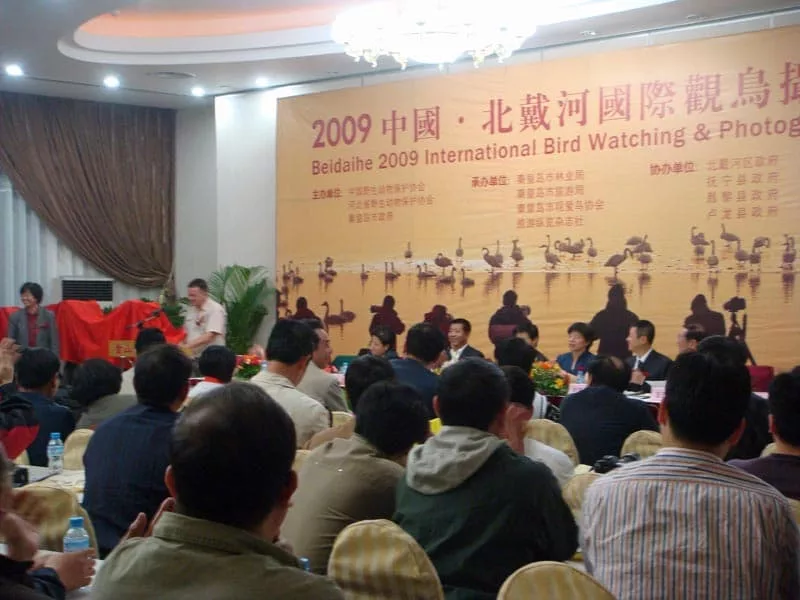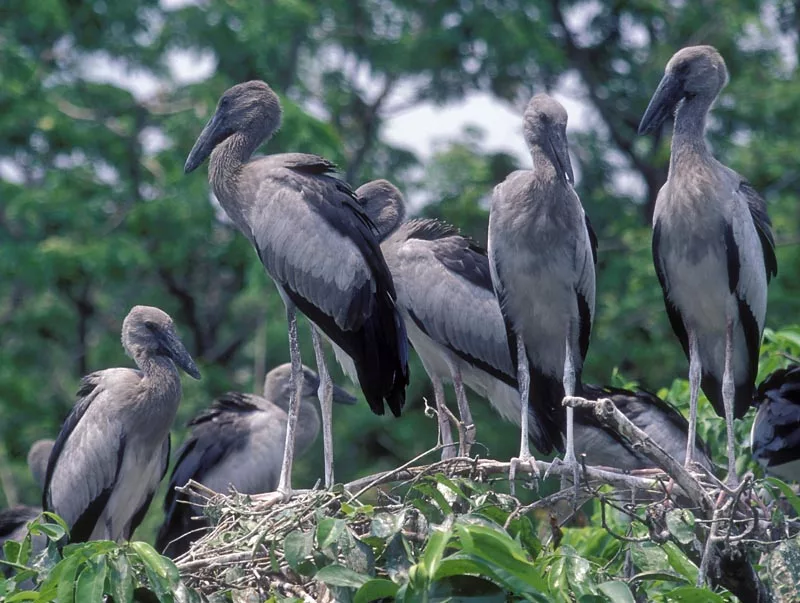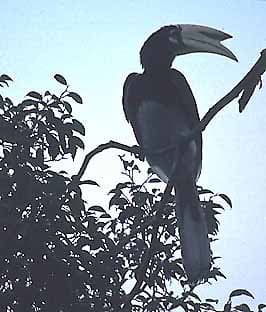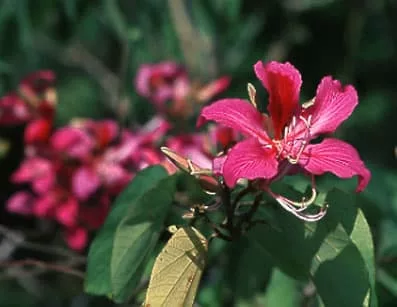There are some parts of the world whose names evoke images of both wildness and teeming cities. Florida, say, conjures visions of swamps with lurking alligators, and the oceanfront and bustling downtown stretches of Miami.
Hong Kong, by contrast, is typically seen as a metropolis and little else: it’s the place where east meets west, where neon signs overhang crowded streets, and junks drift through a harbour surrounded by concrete jungle. This typecasting is unfortunate, as there is far more to Hong Kong than city – indeed, 40 percent of the land area is designated as country park, and the SAR supports a rich diversity of wildlife, including roughly the same number of reptile and amphibian species as Florida.
To a fair extent, Hongkongers have themselves to blame for the stereotyping. They’ve been content to market clichés – east meeting west, the sailing junks that are all but extinct in reality. And until very recently, few could have even hazarded a guess at the names of any of the world rarities and unique species found on their own doorsteps. Happily, this situation is changing, with moves underway to promote green Hong Kong, and a growing awareness among local people of the importance of Hong Kong’s wildlife.
There are even a few stars emerging among local species. Only a few are large enough to be noticed by novices – Hong Kong long ago lost the elephants, tigers, crocodiles and others that once inhabited much of south China – but all are interesting, and deserve to be more widely known. Here is a selection of four of these wild stars.
Chinese white dolphin

In 1657, European explorer Peter Mundy voyaged along the Pearl River – which enters the sea along Hong Kong’s west coast – and reported, “the Porpoises here are white as Milke, some of them Ruddy withall.” Yet over three centuries would pass before much attention was paid to the occasionally ruddy porpoises, which are actually dolphins.
The recent upsurge in interest in the dolphins stems partly from the activities of airline pilot and marine-life enthusiast Stu Pryke, who first saw a pod of them while he was sailing from Hong Kong to Macau in 1988. Finding that little was known about the dolphins in Hong Kong – and that Chinese white dolphins are distributed from south China to Australia, but are nowhere abundant – he set out in his yacht to collect data. The next year, he estimated there were 200 to 400 in Hong Kong waters. Their favourite areas were off northern Lantau, including close by the island of Chek Lap Kok, which would soon be all but destroyed to make way for Hong Kong’s new airport. Worried that work on the airport would harm the dolphins, Pryke played a key role in a media campaign highlighting their plight.
Scientists were called in to study the dolphins. Two students reckoned there were less than 100 in Hong Kong, and worried that a host of factors including pollution threatened them with imminent extinction. As newswires and television stations told of their possible demise, the dolphins gained a measure of fame – leading to a smiling cartoon dolphin being the mascot for Hong Kong’s return to China in 1997.
Though the airport scheme destroyed some of their habitat, measures to reduce impacts from blasting perhaps helped the dolphins, and in 1998 researcher Tom Jefferson estimated the Hong Kong population varies between 65 and 163, with around a thousand in the Pearl River in all – one of the world’s highest populations of the Chinese white dolphin.
When newborn, the dolphins are grey, but as they age they switch to dapple-grey, becoming uniform soft pink as adults, making this one of only two pink dolphins in the world. For some reason, the dolphins in and near Hong Kong are a richer pink than those elsewhere, which has helped them become a tourist attraction, with specialist operator Hong Kong Dolphinwatch offering excursions to see the “world’s pinkest dolphins”.
Hong Kong Dolphinwatch – join a tour to see the dolphins.
Black-faced spoonbill
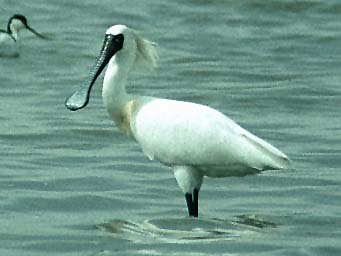
During the 1970s and 1980s, local birdwatchers became accustomed to seeing parties of black-faced spoonbills at Deep Bay, a wetland complex in the northwest of Hong Kong. Formerly rather rare, the spoonbills appeared in increasing numbers to spend winter in the bay, with flocks building to 50 in late 1989. Though the spoonbills are among Hong Kong’s largest birds, standing around a metre tall, most birdwatchers were rather blasé about them – after all, old records from China indicated they were fairly common.
But China had been almost closed to ornithologists. And as information began trickling out, and birdwatchers made forays to mainland wetlands, Hong Kong-based Peter Kennerley noticed that while some species were found in good numbers, there were very few sightings of black-faced spoonbills. He began collecting all the records he could find, from sites ranging from Vietnam to Japan; then he added the figures together, to yield an astonishing estimate of 288 for the black-faced spoonbill’s world population. Almost overnight, black-faced spoonbill was transformed into a highly endangered species. And Hong Kong was one of its main winter haunts.
The only site that was then known to hold more black-faced spoonbills than Hong Kong was the Tsen-Wen Estuary in southwest Taiwan, where a flock of up to 145 had been recently discovered. This has remained the prime winter location, with Deep Bay in Hong Kong continually ranked second in importance. Happily, and for reasons no one can fully explain, numbers have risen over the past decade – to around 700 during the past winter, at least 130 of which occurred in Deep Bay. (By 2002/2003 winter, population reached over 1000.)
The black-faced spoonbill is only known to breed on a handful of islands off the west coast of Korea and in nearby China. But only several tens of pairs have been found nesting here, leaving hundreds of birds unaccounted for in summer. To try to locate “new” breeding grounds, ornithologists fitted satellite transmitters to 11 spoonbills in Taiwan and Hong Kong in early 1999, then monitored their northward migrations. But the birds all headed for west Korea, where colonies were already known. And the ornithologists were left wondering: is this the really the main nesting area, or have the black-faced spoonbills kept somewhere secret?
Update, April 2024: the global population of Black-faced Spoonbill has reached over 6900, but Deep Bay has failed to keep pace with the increase, with around 300 this past winter: Black-faced Spoonbill global population stabilizes while Deep Bay proportion hits second lowest in history.
Romer’s tree frog
In 1952, amateur herpetologist J.D. Romer discovered a new species of frog in a cave on Lamma Island. He found small numbers of them into the next year, but then they seemed to vanish, and Romer thought his news species was already extinct.
But in 1984, Romer’s tree frog was rediscovered on Lamma, and they have since been found on three other Hong Kong islands: Lantau, Po Toi and Chek Lap Kok. To most people, these findings would have been unremarkable –even when adults the frogs average just 1.5 cm in length, making them among the world’s tiniest amphibians, and they’re dull brown with only an X mark on their backs for decoration. But when US biologist Dr James Lazell and colleagues found the frogs on Chek Lap Kok, he set about trying to thwart the airport scheme that threatened to exterminate this new population.
To Lazell, Romer’s tree frog is an ice age relic. Perhaps once common along the coastal plain that extended along southern China when sea levels are lower, it has become stranded on four hilltops that became islands as the sea inundated its former haunts. But for all that Lazell thundered against the airport, the scheme continued, and Chek Lap Kok was almost razed.
The Chek Lap Kok line of Romer’s tree frogs lives on, however. Amphibian and reptile enthusiast Michael Lau rescued all he could find, keeping them first in his living room, then breeding them in Hong Kong and sending others to Australia. He has since released groups of Romer’s tree frogs at a few sites in Hong Kong – and the males’ cricket like trills add to the night chorus in woods where they may not have been heard since the ice sheets melted.
Macromidia ellenae
Keith Wilson is another amateur naturalist who has contributed to our knowledge of Hong Kong’s wildlife. A fisheries biologist by profession, he has devoted much of his free time since arriving in 1991 to studying dragonflies, helping boost the SAR’s species total from 65 to 108 today. Among his finds have been several species which are new to science, like the Spangled Shadow-emerald Macromidia ellenae, which recently featured on a Hong Kong stamp.
Wilson made his discovery at Shalotung in the eastern New Territories, which is Hong Kong’s main hotspot for dragonflies, and the world’s only place that’s home to two species of Macromidia, with a commoner relative sharing the streams. While a few more have been found at nearby Wu Kau Tang, Macromidia ellenae is one of just four dragonfly species that are known only from Hong Kong – and Wilson suspects it may be truly unique to the SAR.
Macromidia ellenae isn’t spectacular to look at – it’s only around 3 cm long, with yellow markings on its body. But its presence is helping bolster moves to protect Shalotung and its wildlife. For much of the day, it rests on vegetation hanging over streams. But, if it’s like close relatives, Macromidia ellenae becomes active as rain threatens or dusk approaches, circling and zigzagging low over streams and, its sharp eyes on the lookout for mosquitoes and other insect prey, flying long into summer nights.



